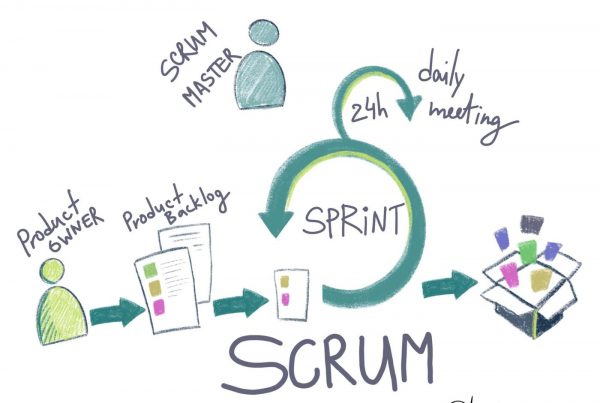There is no way around it, we live in an era where we are bombarded with information on a daily basis. And as one climbs up the chain of command, the more responsibility and decisions he/she has to take into account. Which this brings with it even more information to process.
Learning how to prioritize and remaining focused (especially in chaos and when the team needs you to keep your head) is a very important skill to have. And will be the difference of you having a proper work/life balance. Or working overtime and weekends and having an endless series of fires to put out.
“WHAT IS IMPORTANT IS SELDOM URGENT AND WHAT IS URGENT IS SELDOM IMPORTANT.” DWIGHT D. EISENHOWER
One method that I’ve been using throughout my career to great success is “Eisenhower’s Urgent vs Important principle“. It’s fairly straight forward. Every task you have on your to-do list is categorized into:
- Urgent / Not Urgent: Tasks that need immediate action, or there will be tangible consequences (and vice versa)
- And Important / Not Important: Tasks that contribute to the studio’s long term vision or goals, but are not necessarily urgent and can wait (and vice versa)

Combining those categories together will result in 4 (2×2) priorities to manage:
- Urgent and Important are tasksthat should be handled first, for example a blocker in the production pipeline that is preventing the development team from progressing. Or a critical bug in a live game that is causing a high churn in the player-base.
- Followed by Urgent but not Important tasks, for example replying to a minor support ticket that is past its SLA.
- Then Important and not Urgent. Eg documenting your game’s systems. This task is very important (especially when multiple teams work on the same game), but can be pushed back a bit.
- And finally Not Important and not Urgent. Those tasks you should eliminate from your to-do list. If you have a lot of those tasks, then there is probably something wrong with your workflow and you might be spending too much time on busy work or doing unproductive chores.
Sounds simple, and it is. The difficulty with this method lies in the execution and being consistent with which task you mark as Urgent and which as Important.
When I taught this method to some of my junior team members, most of them just shoved all their tasks under Urgent, which defeats the purpose of this exercise, so try to avoid doing that. And a general advise, your tasks’ priorities should be updated regularly. As you near deadlines a task that might be marked as Important and not Urgent, will be pushed up to Important and Urgent. So make it a habit to update your to-do list at the start or end of each day. Or if that is not possible for some reason, then at least the start or end of each week.
And that’s it. Time and task management, they are awesome. 😀
Game on!





